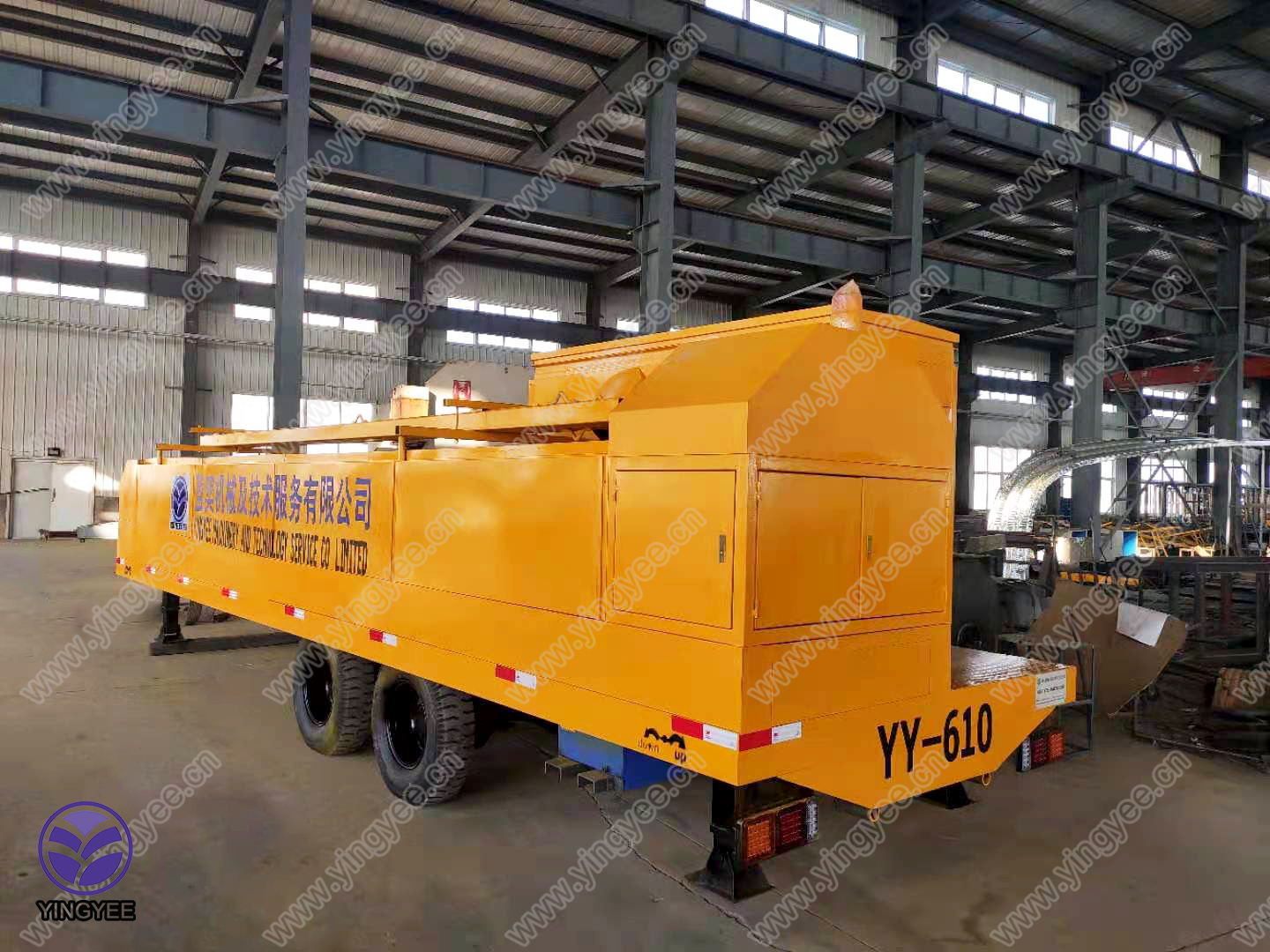
The Importance of Storage Rack Shelf Frame Roll Forming Machines
In the rapidly evolving world of industrial manufacturing, efficiency and precision are paramount. One of the most critical components in warehouse management and storage solutions is the shelf system. Among the various methods of producing shelf frames, the roll forming process stands out for its exceptional efficiency and productivity. This article explores the significance of storage rack shelf frame roll forming machines, their operational principles, and their impact on the industry.
Understanding Roll Forming
Roll forming is a manufacturing process used to shape metal materials into desired profiles through a series of contoured rollers. This method is particularly advantageous for producing long, continuous lengths of parts that maintain consistent cross-sections, such as those needed for storage racks. Given the increased demand for efficient warehouse storage solutions, utilizing roll forming technology for shelf frames presents several benefits.
Benefits of Storage Rack Shelf Frame Roll Forming Machines
1. High Efficiency Roll forming machines are designed to operate at high speeds, allowing manufacturers to produce a large number of shelf frames quickly. This is crucial for meeting the growing demands of industries that require robust and high-capacity storage solutions.
2. Cost-Effectiveness By optimizing material usage and minimizing waste, roll forming reduces production costs. The continuous process allows for lower labor costs and greater throughput, making it a financially sound choice for manufacturers.
3. Structural Integrity The roll forming process enhances the strength of the shelf frames. The cold working of the metal during forming results in a refined grain structure that improves the overall durability and load-bearing capacity of the shelves.
4. Versatility in Design Manufacturers can produce a wide variety of shelf frame designs using customizable tooling in roll forming machines. This versatility allows for the incorporation of unique features, such as additional support reinforcements or specific dimensions tailored to client requirements.

5. Automation and Integration Modern roll forming machines can be easily integrated into automated production lines. This integration not only streamlines the manufacturing process but also improves quality control, as automated systems can monitor production in real-time to ensure dimensional accuracy.
Applications of Storage Rack Shelf Frames
Storage rack shelf frames have a broad range of applications in various industries, including retail, logistics, manufacturing, and more. They are essential components of shelving units, warehouse racking systems, and display fixtures. With e-commerce on the rise, the demand for efficient storage solutions in warehouses has surged, making the role of roll-formed shelf frames even more critical.
The Future of Roll Forming Technology
As technology advances, the future of roll forming machines is promising. Innovations such as smart manufacturing, artificial intelligence, and robotics are expected to further enhance the capabilities of roll forming machines. This evolution will lead to improved production efficiency, greater customization, and enhanced overall performance.
Moreover, with an increasing focus on sustainability, manufacturers are also looking for ways to utilize eco-friendly materials and minimize energy consumption in the roll forming process. This shift toward sustainable production methods reflects a broader commitment to environmental responsibility within the industry.
Conclusion
In conclusion, storage rack shelf frame roll forming machines play an indispensable role in the modern manufacturing landscape. Their ability to deliver high efficiency, structural integrity, and cost-effectiveness positions them as a preferred choice for producing storage solutions. As industries continue to evolve, so too will the technologies that underpin them, and roll forming will undoubtedly remain at the forefront of providing innovative storage solutions for years to come. The efficient design and production capabilities of these machines not only meet current market demands but pave the way for the future of storage and warehousing solutions.